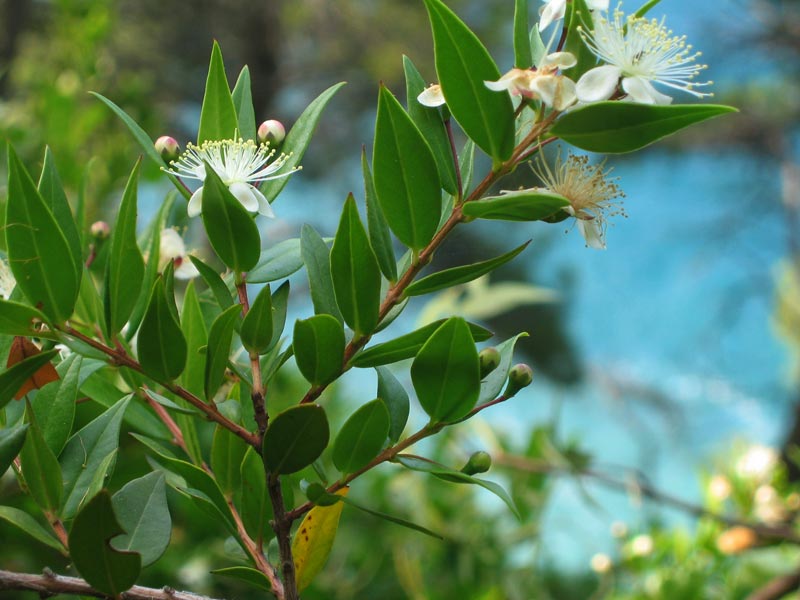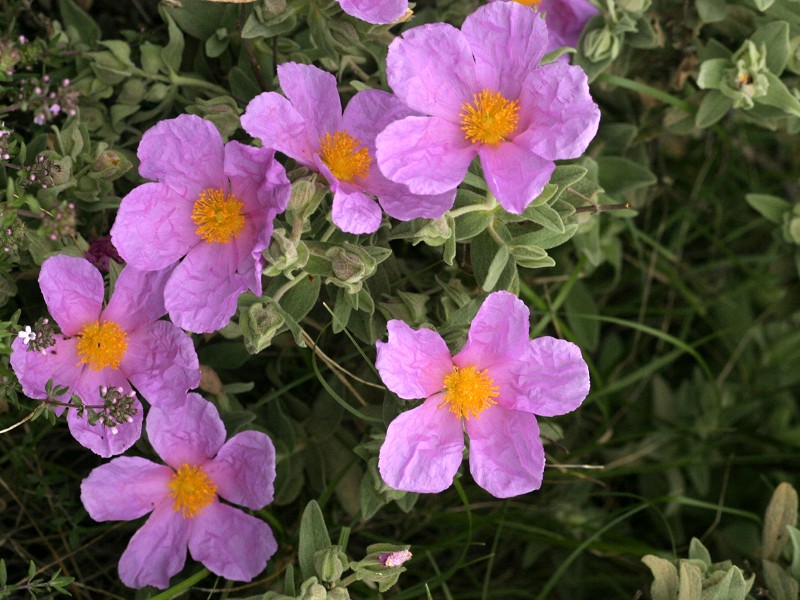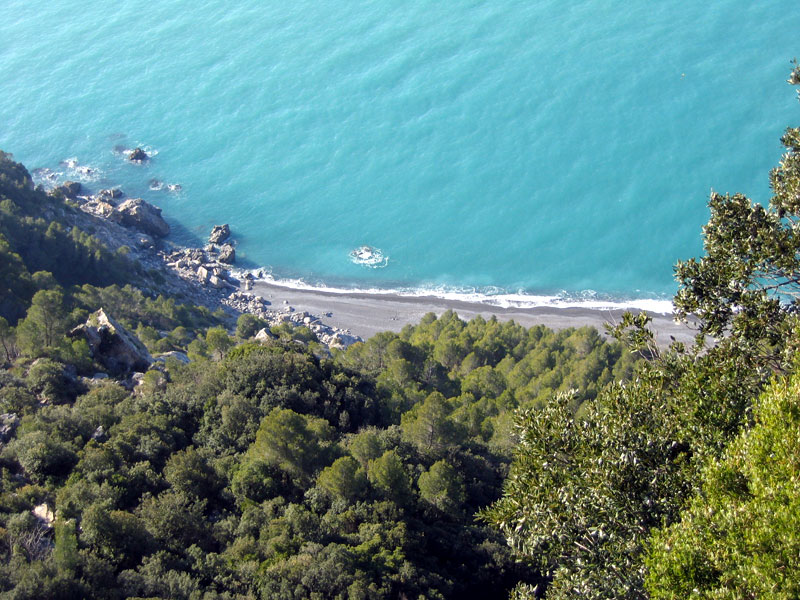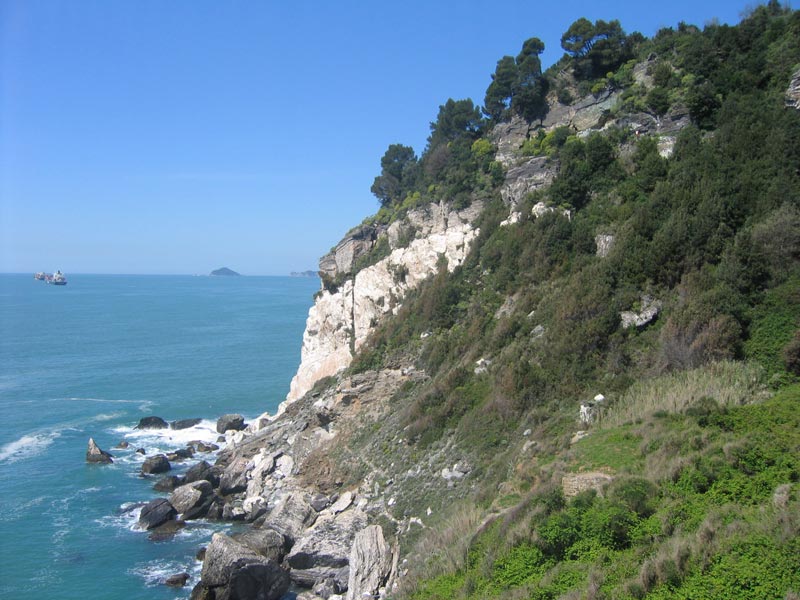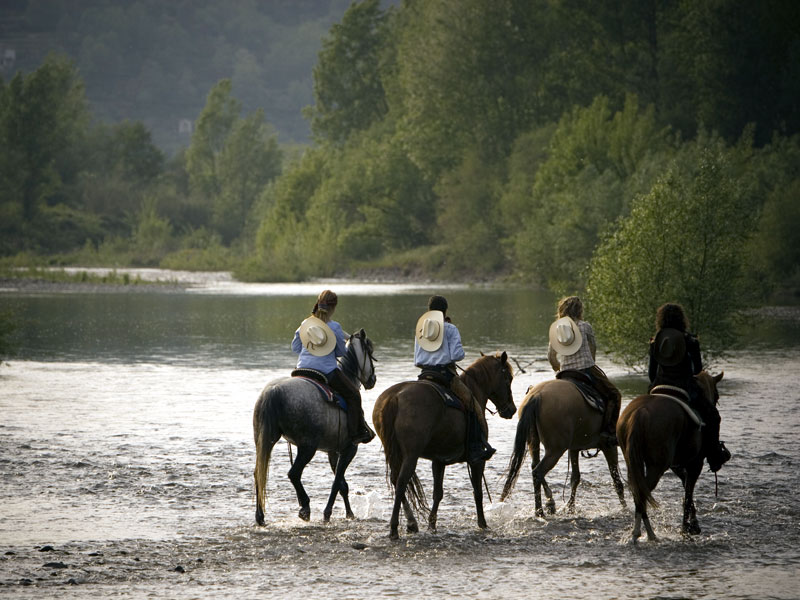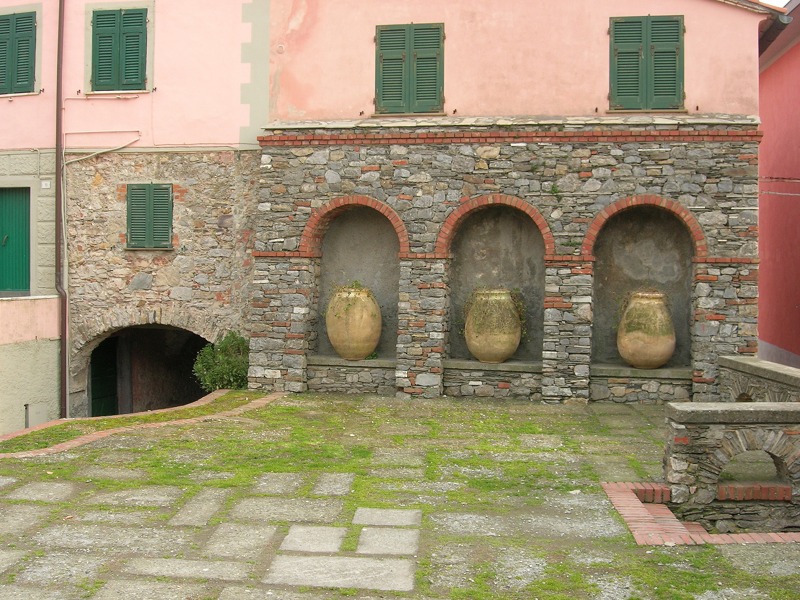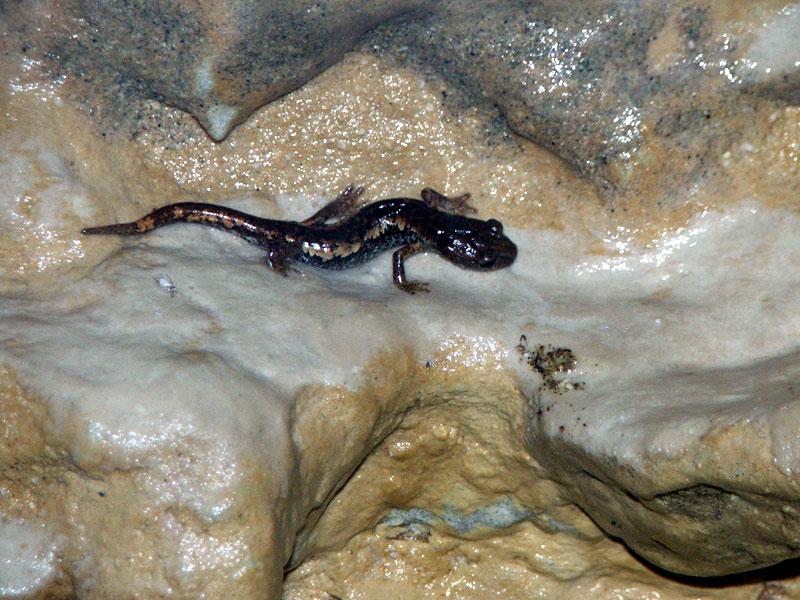Parco Naturale Regionale di Montemarcello-Magra-Vara
www.parcomagra.itPoints of Interest
Botanical Garden
Caprione promontory is one of the most interesting areas in Liguria from an environmental point of view. In order to explain which are the most peculiar local plants, Montemarcello - Magra Park Authority gave birth to a botanic garden. The garden is situated on the summit of Mt. Murlo, where, thanks to the particular weather conditions, it is possible to observe different and typical kinds of vegetation: Mediterranean maquis, garigue, Aleppo pine woods, and deciduous oak woods. Some of the plants are protected species, such as the cream narcissus and several wild orchids like the brightly colored yellow orchid (Orchis provincialis Balb.). Moreover, the garden also houses a large collection of medicinal plants.
Guided visits and environmental education activities are available; for this purpose the Botanic Garden is provided with a welcome point for visitors, a small guest house, and equipped rest areas.
Further information (Italian text)
Punta Corvo
The few beaches scattered along the harsh coast between Montemarcello and Lerici originated from landslides which brought to the sea great quantities of material; the latter where shaped afterwards by the waves motion. You can reach the small beaches only by sea or through steep paths, therefore they are particularly valued for their peacefulness. The beach of Punta Corvo is also called "spiaggione" (big beach) for its dimensions; its sand is dark grey since it originated from the surrounding stones of the same color. The water is so clear that the rocky sea bottom can be seen at a few meters from the shore.
Punta Bianca and Santa Croce Monastery
Punta Bianca is situated at the southern tip of the Montemarcello promontory; its name derives from the white limestone rocky crops which were used in the Roman epoch for decorative purposes in the buildings of the town of Luni.
Nearby, in the Mediterranean maquis, there is Santa Croce Monastery. It was built by the Benedictine monks in 1176 on the remains of a small church risen by a monk in memory of a boat which, according to the legend, mysteriously landed without sailors and transporting Nicodemo's crucifix and the "Preziosissimo Sangue" relic. What is left of the old church is the apse and part of the presbytery from which a church was built: in it, you can find a wooden crucifix of Oriental tradition, called "Crocifisso del Corvo".
The monastery was visited by Dante who negotiated the peace between the bishop of Luni and the marquis of Malaspina. In 1800 the monastery was seized and sold to an entrepreneur from Carrara who was in the marble business. The man committed the building of a castle which is today the seat of a House for Spiritual Excercises of the barefooted Carmelites.
Val di Magra and Val di Vara
Val di Magra and Val di Vara is the only Fluvial Park in the Liguria region. Since the rivers wind towards the sea and one river converges into the other, it is possible to see many charming corners and admire the characteristic riparian flora and fauna. Along the river Magra there are paths and cycling routes which serve to different recreational activities (botanic studies, bird waching, environmental photography etc.) since this fluvial environment is one of the most important stopover areas for aquatic birds along the big migratory paths. Val di Vara, which includes a wide territory marked by the same river, catches the eye of the visitor for its precious landscape. This is given by the fact that the scarce human presence allowed the conservation of many charming features. It is therefore in a quite varied landscape that the Vara winds at the bottom of the valley for 60 kilometers from the Codivara spring to the confluence with the Magra.
The Town of Montemarcello
Montemarcello dominates from the top of the Caprione promontory, both the La Spezia gulf, the mouth river Magra and the homonymous valley and the coast stretching from Massa-Carrara to Versilia.
The village planimetry is unique among the neighboring settlements, as it resembles a Roman "castrum" with perpendicular narrow streets. Its name probably derives from the consul Claudio Marcello who defeated the Liguri Apuani in 155 BC.
Parts of the walls surrounding the village are still evident nowadays; they were built by the inhabitants of Montemarcello in the 15th century. Besides the old entrance there are old oilpress millstones which have been transformed into dwellings. In the town center there is the church of S. Pietro in Baroque style, where the 15th century triptych restored after a long period of negligence is preserved. In the northern side there is a round defence tower, while in the South there are the remains of a military fort, entitled to Domenico Chiodo and linked to the battery situated in Punta Bianca: they were placed against the Gothic Line in World War II.
The Karstic Phenomenon
In the eastern Spezia promontory, the karstic phenomenon has shaped the landscape. There are dolomite massive limestone, "portoro" (black marble with yellow veins) and "twisted" Rhaetavicula limestone of the tuscan piedmont. In the area there are many karstic phenomena: dolinas from Cava dei M. Branzi, Rocchetta, M. Gruzza, Montemarcello, the double dolina between Campo di Già and Campo Nuovo; the uvala from Campo di Già; the field of Costa Pernisaro, the field in the South of Pian della Chiesa.



